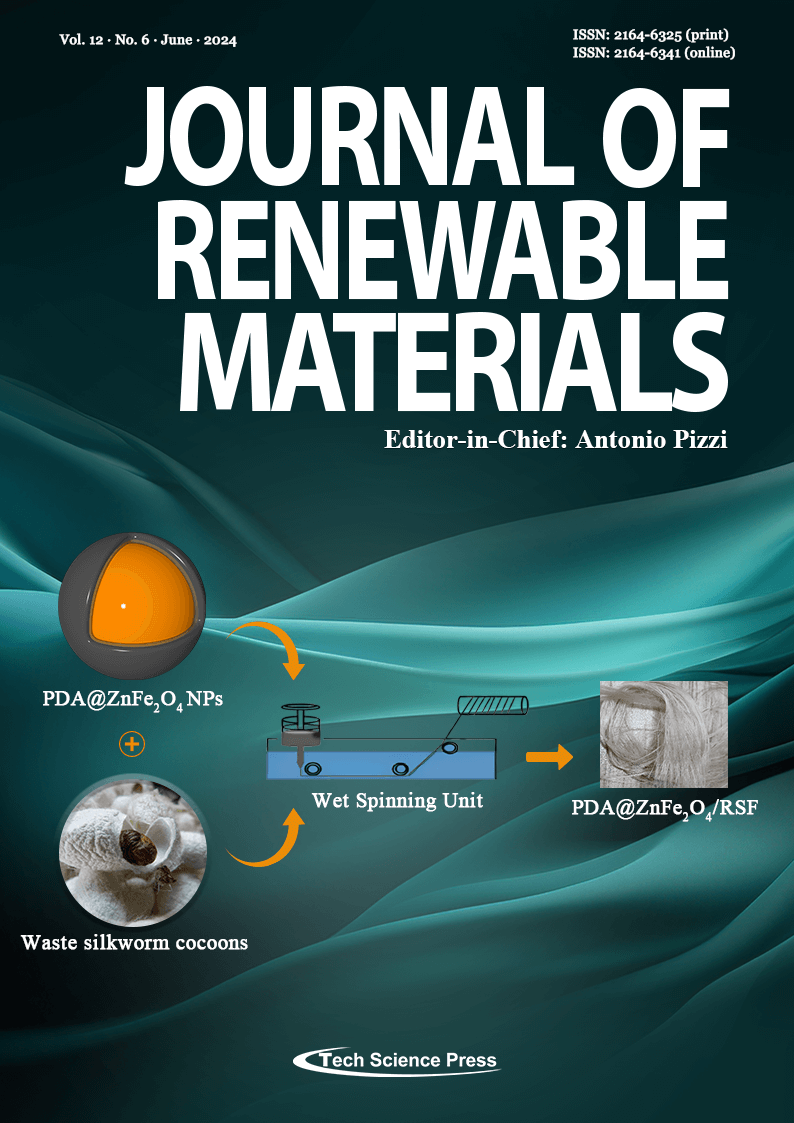Characteristics of Biopellets Manufactured from Various Lignocellulosic Feedstocks as Alternative Renewable Energy Sources
Anggara Ridho Putra1, Apri Heri Iswanto1,*, Arif Nuryawan1, Saptadi Darmawan2, Elvara Windra Madyaratri2, Widya Fatriasari2, Lee Seng Hua3, Petar Antov4,*, Harisyah Manurung1, Ade Pera Amydha Sudrajat Herawati Pendi2
Journal of Renewable Materials, Vol.12, No.6, pp. 1103-1123, 2024, DOI:10.32604/jrm.2024.051077
- 02 August 2024
(This article belongs to the Special Issue: Advances in Eco-friendly Wood-Based Composites: Design, Manufacturing, Properties and Applications – Ⅱ)
Abstract The increased valorization of renewable and cost-effective lignocellulosic feedstocks represents a viable, sustainable, and eco-friendly approach toward the production of biopellets as alternative energy sources. The aim of this research work was to investigate and evaluate the feasibility of using various lignocellulosic raw materials, i.e., raru (Cotylelobium melanoxylon), mangrove (Rhizophora spp.), sengon (Paraserianthes falcataria), kemenyan toba (Styrax sumatrana), oil palm (Elaeis guineensis), manau rattan (Calamus manan), and belangke bamboo (Gigantochloa pruriens) for manufacturing biopellets with different particle sizes. The raw materials used were tested for their moisture content, specific gravity, ash, cellulose, and lignin content. In addition, thermal analyses, i.e., calorific values,… More >
